Hidden Messages Your Family’s Food Is Sending at Every Gathering
Family gatherings are rarely just about satisfying hunger—they’re rituals steeped in tradition, where the menu and mealtime routines speak louder than words. Each dish, from Grandma’s casserole to the carefully folded napkins, carries layers of unspoken meaning. Food becomes a language, revealing nostalgia for the past, cherished values, or even subtle hints of tension simmering beneath the surface. When we gather around the table, we’re not just sharing a meal—we’re decoding a tapestry of family stories and silent signals.
1. The Comfort Food Tradition
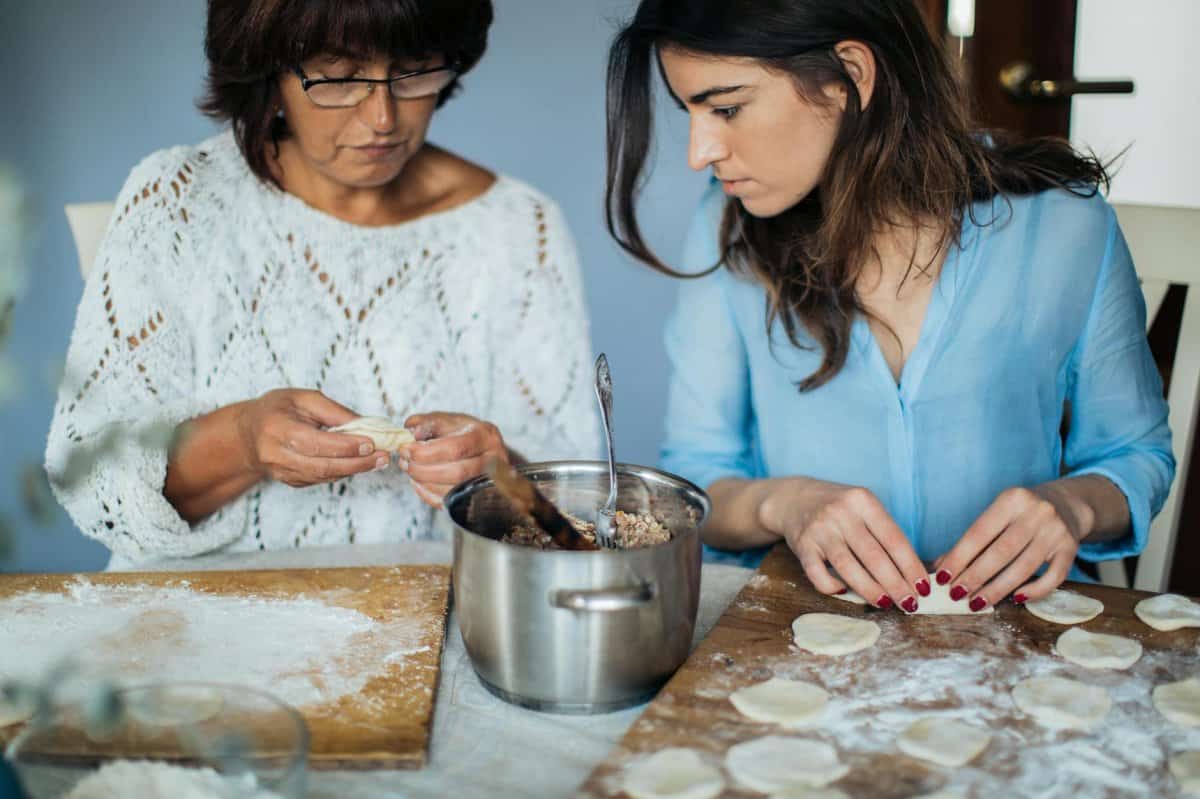
Every family has those comfort foods—think creamy mac and cheese or slow-cooked pot roast—that appear at every gathering. These beloved dishes do more than fill plates; they anchor family identity and offer a sense of reassurance, linking generations through familiar flavors and childhood memories. Across cultures, signature comfort foods—like Italian lasagna or Filipino adobo—keep emotional bonds strong, reminding us where we come from.
2. Who Cooks and Who Serves

Take a closer look at who takes charge in the kitchen—these roles often mirror deeper family dynamics. In some homes, the same person always cooks, signaling unspoken hierarchies or long-held caretaking expectations. Matriarchal traditions may place culinary duties on one person, while more egalitarian families share tasks, reflecting shifting values and modern attitudes. Studies show that gender roles still shape who prepares and serves meals in many households.
3. The Unchanging Menu
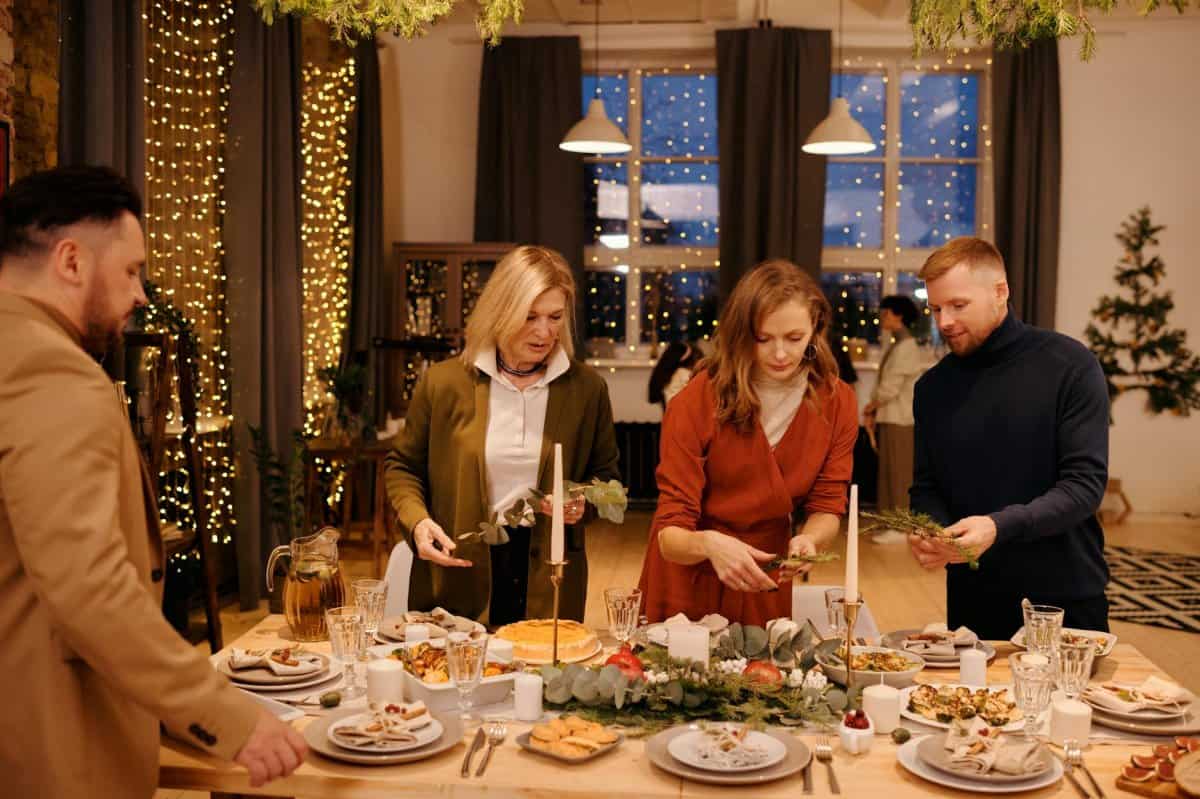
When the family menu never changes, it’s a sign of deep-rooted tradition and a collective desire to preserve the past. This consistency can create a powerful sense of belonging, but may also stifle new ideas or make newcomers feel left out. In contrast, some families thrive on culinary innovation, welcoming fresh dishes and evolving tastes. The menu’s rigidity or flexibility quietly broadcasts how open—or resistant—a family is to change.
4. Food as Apology or Peacemaking

Sometimes, a surprise dessert or someone’s favorite meal appears on the table after a disagreement—these are more than just thoughtful gestures. Such dishes often serve as indirect apologies or subtle peace offerings, smoothing over recent conflicts without a word. This echoes the timeless practice of “breaking bread” together to rebuild trust and restore harmony in relationships. Food, in this way, becomes a silent mediator, helping families reconnect after tension.
5. The “Secret Recipe” Power Play
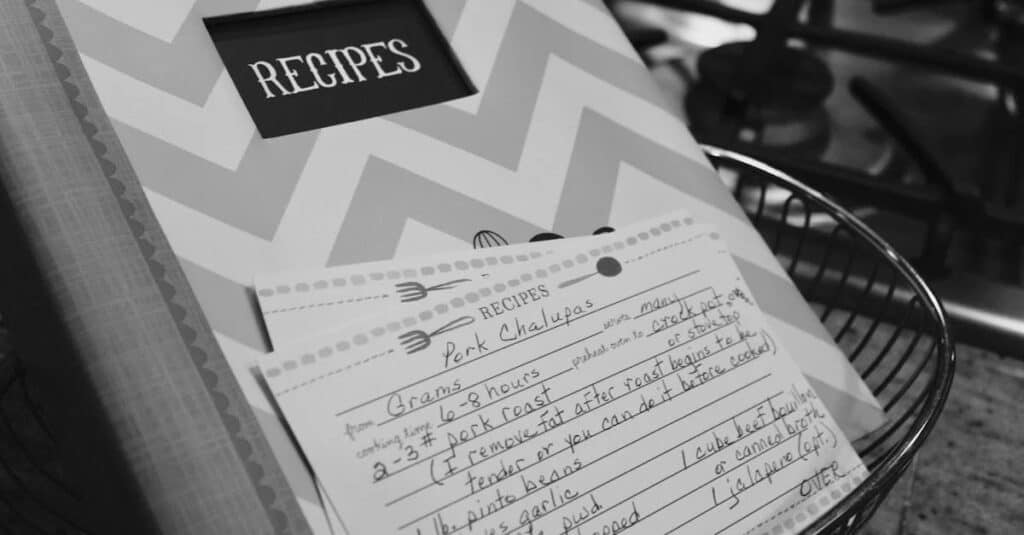
In some families, tightly guarded secret recipes become a subtle form of power. Withholding the secret to a beloved pie or sauce can confer status and control, making the recipe-holder indispensable and uniquely valued. This contrasts with families who openly share recipes, encouraging communal cooking and collective pride. Whether kept close or shared freely, recipes reveal much about a family’s approach to inclusion and legacy.
6. Heaping Plates vs. Modest Servings
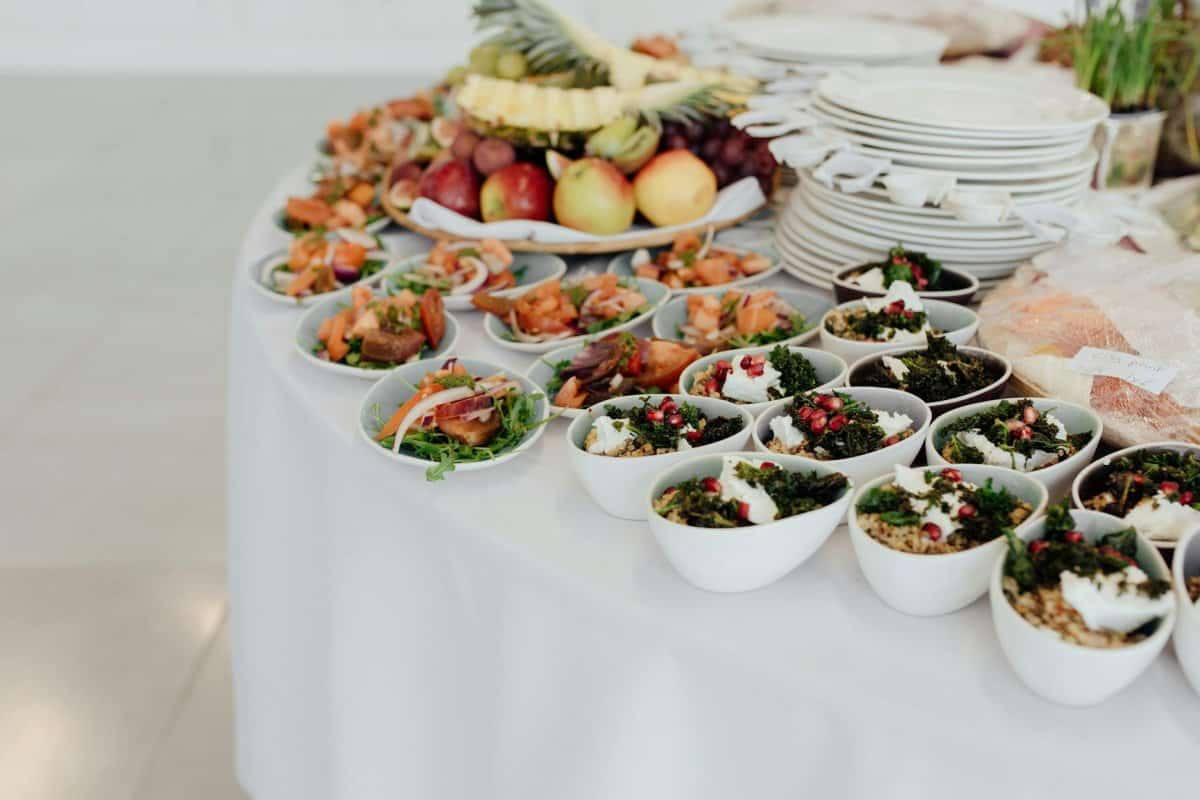
The size of your serving can speak volumes about your family’s beliefs around abundance, prosperity, and self-control. In some households, heaping plates represent generosity and affection—to serve less might feel unloving or inhospitable. Other families, or cultural backgrounds, may value modest servings, signaling discipline or respect for food. These habits are more than practical—they’re symbolic, shaping how members express care or set boundaries.
7. Who Sits Where at the Table

Seating arrangements at family meals often reveal alliances and hierarchies within the group. The head of the table is typically reserved for a figure of authority, while a separate “kids’ table” can highlight generational divides. These subtle placements reflect power dynamics and unspoken rules about who leads, who listens, and who’s still finding their place.
8. Dietary Restrictions and Accommodation

The way a family handles dietary restrictions—from food allergies to vegan or gluten-free needs—offers a window into their values. Careful accommodation signals respect and inclusiveness, making everyone feel seen and valued. On the other hand, dismissing or ignoring these needs can foster resentment or highlight resistance to change. The effort invested in special dishes or ingredient swaps becomes a quiet—yet powerful—message about how much individual differences are embraced.
9. The Leftover Ritual
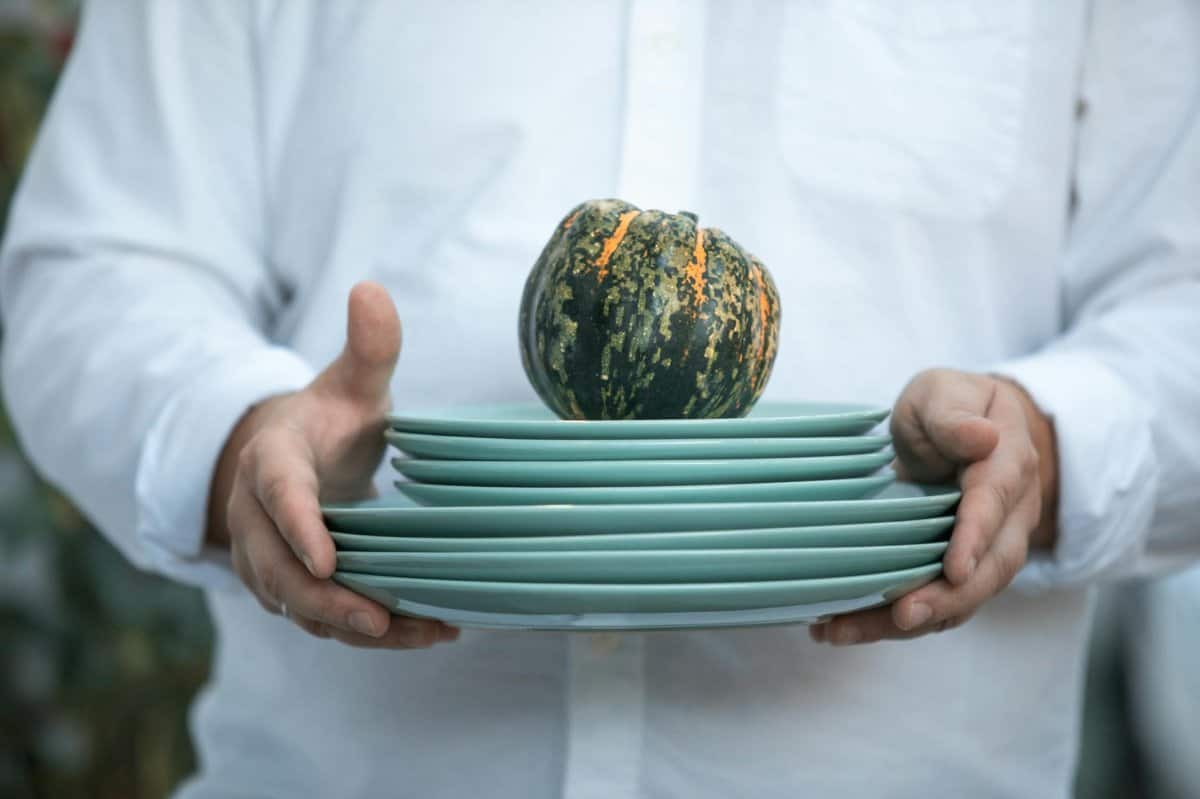
The tradition of dividing leftovers after a family meal is rarely random—it can reveal much about underlying values and relationships. Who receives the last piece of pie or the lion’s share of the main course may signal favoritism, fairness, or even expectations about who will continue family traditions. Sometimes, being asked to take leftovers home is a gesture of trust or belonging; other times, it subtly marks who holds a special place within the family circle.
10. Toasts and Mealtime Speeches

The ritual of toasts and mealtime speeches is more than just a pause for gratitude—it’s a spotlight on family values and emotional ties. Who is chosen to give the toast, and the stories or memories they share, often reveal hidden priorities and reinforce cherished family narratives. These heartfelt moments can unite everyone, acknowledge milestones, or subtly remind the group of what truly matters.
11. The “Late Arrival” and Food Timing

How a family navigates mealtime timing—waiting for latecomers or starting promptly—can reveal much about their dynamics. Delaying a meal for one person might signal flexibility and respect, while insisting on punctuality could highlight structure or even underlying tension. In some cultures, strict timing is a sign of respect, whereas others are more relaxed about schedules. The approach to timing quietly shapes, and showcases, a family’s expectations and core values.
Wrapping Up: What’s Really on the Table?
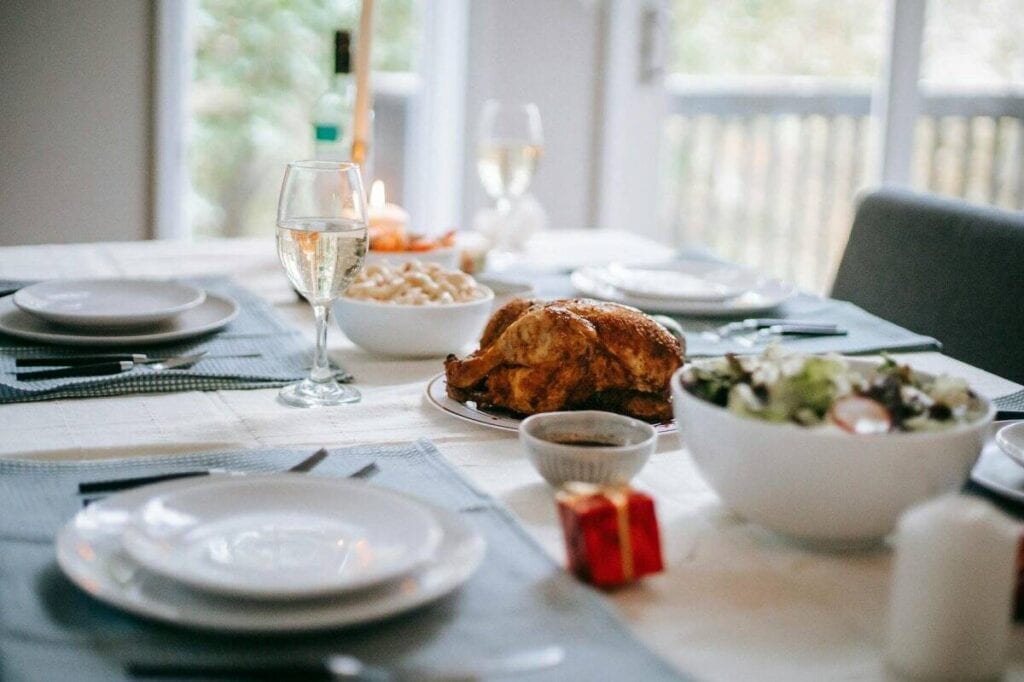
Every family meal is a tapestry woven with more than just flavors—it’s a living record of connection, tradition, and sometimes, unspoken conflict. From who cooks to how leftovers are shared, each ritual and recipe carries emotional weight and meaning. Next time you gather, take a moment to notice these subtle messages—they’re stories of love, history, and identity, waiting to be recognized.





